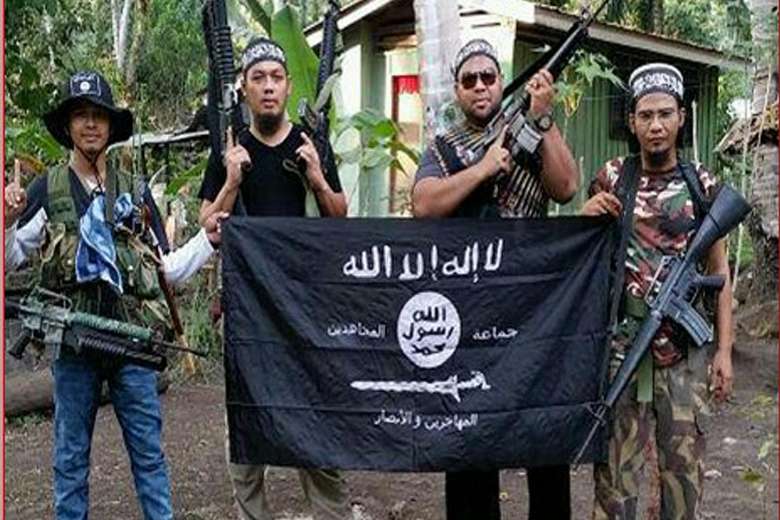
The April 21 suicide attacks in Sri Lanka, which were claimed by the Islamic State, may indicate that the militant group is moving east in search of fertile recruiting ground, according to some observers, like reported by intelnews.org.
In the words of The New York Times’ Rukmini Callimachi and Eric Schmitt, the attacks “reminded the world in dramatic fashion that [the Islamic State] does not need to control territory to be a major threat”. In fact, as the loss of its Middle Eastern territory has forced the Islamic State to decentralize, the group has begun to turn to its peripheral affiliates further afield. These “will become more dangerous” as the core of the Islamic State weakens, according to Callimachi and Schmitt.
But the Sri Lanka attacks may also demonstrate that the Islamic State is moving further east in search of either territory to conquer or new groups of committed fighters to incorporate into its
ranks. It follows that Sri Lanka is one of several East Asian countries that face major threats by the group, as the latter tries “to ignite creating fear in societies already battling so much division”, says Ash Gallagher, an American war correspondent based in East Asia. Writing for the British newspaper The Independent, Gallagher notes that not only is the Islamic State already established in Afghanistan (where it has “swallowed whole units of Taliban fighters”, according to The Times), but it is becoming increasingly powerful in the Philippines. Experts have been warning for a while that the number of foreign Islamic State fighters entering the Philippines has been growing, and the momentum they generate among local Islamist groups may prompt them to declare a new caliphate in the near future. In fact, a caliphate was declared there in May 2017 by local Islamist leaders who had previously declared their allegiance to the Islamic State. By October, government forces had defeated the so-called “East Asia Wilayah”, a self-declared overseas province of the Islamic State, by retaking Marawi, the capital city of Mindanao’s Lanao del Sur province, from Islamic State rebels. The military operation became known as “the battle of Marawi” and is thought to have been the longest urban battle in the postwar history of the Philippines. More than 1,200 people died in the five-month battle, most of them civilians. Hundreds of thousands remain displaced to this day as a result of the fighting.
But the Islamic State is now making its appearance in Bangladesh, where nearly a million Rohingya refugees are living in camps, having fled there as a result of a genocidal war launched against them by Buddhist paramilitaries and the government of Myanmar. Gallagher warns that the sense of injustice that permeates the predominantly Muslim Rohingya refugee communities makes them prime candidates for recruitment by the Islamic State. Meanwhile Bangladeshi authorities have warned of a potential wave of attacks by the Islamic State, which “has a strong presence in Bangladesh and has the support of a local terror outfit Jamaat-ul-Mujahideen Bangladesh”. Britain’s Daily Telegraph quotes intelligence officials who say they expect attacks by the Islamic State in East Africa, India, the Maldives, and more attacks in Sri Lanka, among other countries in the region.
Why does the Islamic State appear to be heading east? Gallagher points out that the group owes its initial success in Iraq to the presence of a large Sunni minority that felt threatened by the Shia-led national government. The sense of marginalization and discrimination among Iraqi Sunnis made them eager recruits for a militant group that was willing to protect them against a perceived enemy. There are many such populations of Muslims in East Asia, in countries such as Myanmar, the Philippines, Thailand, Sri Lanka, India, and even in Vietnam, Cambodia and Laos. Militant groups like al-Qaeda and the Islamic State find fertile ground in societies with existing divisions, where groups of Sunni Muslims feel a deep sense of marginalization. For this reason, East Asia may be the next strategic hotspot in the Islamic State’s evolution.


